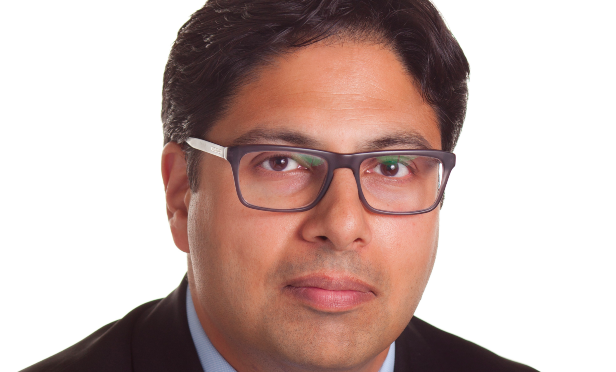Los Angeles is ramping up its infrastructure investment, thanks to a perfect storm of upcoming events, including the 2028 Olympics and local population and economic growth. These projects range from the Burlington Northern Santa Fe Railway, environmental updates at the Port of Long Beach and the Los Angeles International Airport and metro line extensions throughout the region.
“Infrastructure projects in Los Angeles are being driven by a perfect storm of regional economic growth, economic globalization, and deferred maintenance and end-of-life of existing infrastructure,” Shiraz Tangri, of counsel at Meyers Nave in Los Angeles, tells GlobeSt.com. “Southern California has experienced sustained jobs and housing growth for a decade. Mostly notably, urbanization and the renaissance of Downtown L.A. has added 35,040 new residential units since 1999, just over 5,500 are under construction and almost 33,200 are proposed, creating demands for not just more but also new and innovative types of transit, transportation, entertainment, and recreation infrastructure, as well as more, upgraded and cleaner energy and other utilities.”
While Los Angeles is on an upward climb, the upcoming Olympics have put pressure on the city to upgrade its infrastructure, and it pushed up the timeline on several planned projects. But, it is one of many events driving infrastructure investment. “The 2028 Olympics is also driving new transportation and infrastructure projects in L.A.,” adds Tangri. “And L.A’s global position as an international gateway for people and freight creates upgrade and expansion pressures at our airports and ports. In addition to these drivers for new infrastructure, we are seeing projects required to address existing infrastructure that is outdated or in poor condition. One high-profile example is the 6th Street Bridge/Aqueduct project over the Los Angeles River.”
Meyers Nave is representing a slew of these projects, including those mentioned above. “We are working with developers and owners of high-profile projects in every sector of the infrastructure market in Los Angeles,” says Tangri. We are involved in all stages of these projects—planning, development, community relations, permitting, Environmental Impact Report preparation, and regulatory compliance and litigation, especially CEQA/NEPA challenges.”
This is only the beginning. The city will likely continue to improve and invest in new infrastructure projects over the next 10 years. “Given the wide variety of causes behind the new infrastructure projects, we expect to see that push continuing throughout the next decade, even if regional growth slows in the next few years,” says Tangri. “It is important to emphasize that L.A.’s infrastructure is in a prolonged catch up mode to address infrastructure conditions decades in the making. It is even possible that a market retraction in the private development sector will boost infrastructure projects by reducing costs and competition for labor and materials.”
© Touchpoint Markets, All Rights Reserved. Request academic re-use from www.copyright.com. All other uses, submit a request to [email protected]. For more inforrmation visit Asset & Logo Licensing.







